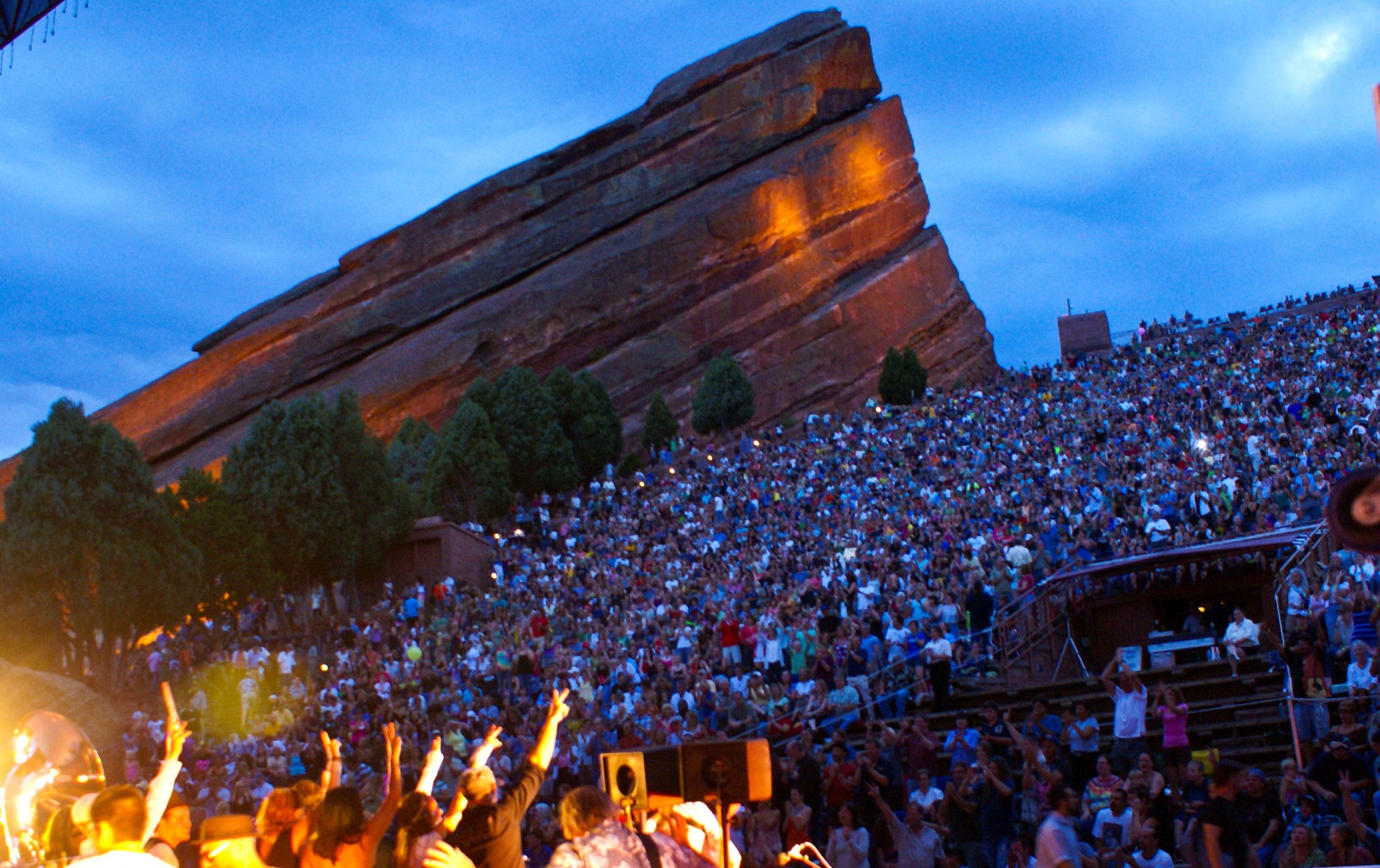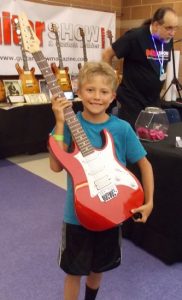The convention couldn’t sound less rock-and-roll — the National Association of Music Merchants Show. But when the doors open at the Anaheim Convention Center, people stream in to scour rows of Fenders, Les Pauls and the oddball, custom-built creations such as the 5-foot-4-inch mermaid guitar crafted of 15 kinds of wood.
Standing in the center of the biggest, six-string candy store in the United States, you can almost believe all is well within the guitar world.
Except if, like George Gruhn, you know better. The 71-year-old Nashville dealer has sold guitars to Eric Clapton, Neil Young, Paul McCartney and Taylor Swift. Walking through NAMM with Gruhn is like shadowing Bill Belichick at the NFL Scouting Combine. There is great love for the product and great skepticism. What others might see as a boom — the seemingly endless line of manufacturers showcasing instruments — Gruhn sees as two trains on a collision course.
“There are more makers now than ever before in the history of the instrument, but the market is not growing,” Gruhn says in a voice that flutters between a groan and a grumble. “I’m not all doomsday, but this — this is not sustainable.”
The numbers back him up. In the past decade, electric guitar sales have plummeted, from about 1.5 million sold annually to just over 1 million. The two biggest companies, Gibson and Fender, are in debt, and a third, PRS Guitars, had to cut staff and expand production of cheaper guitars. In April, Moody’s downgraded Guitar Center, the largest chain retailer, as it faces $1.6 billion in debt. And at Sweetwater.com, the online retailer, a brand-new, interest-free Fender can be had for as little as $8 a month.
What worries Gruhn is not simply that profits are down. That happens in business. He’s concerned by the “why” behind the sales decline. When he opened his store 46 years ago, everyone wanted to be a guitar god, inspired by the men who roamed the concert stage, including Clapton, Jeff Beck, Jimi Hendrix, Carlos Santana and Jimmy Page. Now those boomers are retiring, downsizing and adjusting to fixed incomes. They’re looking to shed, not add to, their collections, and the younger generation isn’t stepping in to replace them.
Gruhn knows why.
“What we need is guitar heroes,” he says.
He is asked about Clapton, who himself recently downsized his collection. Gruhn sold 29 of his guitars.
“Eric Clapton is my age,” he says.
How about Creed’s Mark Tremonti, Joe Bonamassa, John Mayer? He shakes his head.
“John Mayer?” he asks. “You don’t see a bunch of kids emulating John Mayer and listening to him and wanting to pick up a guitar because of him.”
Guitar heroes. They arrived with the first wave of rock-and-roll. Chuck Berry duckwalking across the big screen. Scotty Moore’s reverb-soaked Gibson on Elvis’s Sun records. Link Wray, with his biker cool, blasting through “Rumble” in 1958.
That instrumental wasn’t a technical feat. It required just four chords. But four chords were enough for Jimmy Page.
“That was something that had so much profound attitude to it,” Page told Jack White and the Edge in the 2009 documentary “It Might Get Loud.”
The ’60s brought a wave of white blues — Clapton, Jeff Beck, Keith Richards — as well as the theatrics of the guitar-smashing Pete Townshend and the sonic revolutionary Hendrix.
McCartney saw Hendrix play at the Bag O’Nails club in London in 1967. He thinks back on those days fondly and, in his sets today, picks up a left-handed Les Paul to jam through Hendrix’s “Foxy Lady.”
“The electric guitar was new and fascinatingly exciting in a period before Jimi and immediately after,” the former Beatle says wistfully in a recent interview. “So you got loads of great players emulating guys like B.B. King and Buddy Guy, and you had a few generations there.”
That instrumental wasn’t a technical feat. It required just four chords. But four chords were enough for Jimmy Page.
“That was something that had so much profound attitude to it,” Page told Jack White and the Edge in the 2009 documentary “It Might Get Loud.”
The ’60s brought a wave of white blues — Clapton, Jeff Beck, Keith Richards — as well as the theatrics of the guitar-smashing Pete Townshend and the sonic revolutionary Hendrix.
McCartney saw Hendrix play at the Bag O’Nails club in London in 1967. He thinks back on those days fondly and, in his sets today, picks up a left-handed Les Paul to jam through Hendrix’s “Foxy Lady.”
“The electric guitar was new and fascinatingly exciting in a period before Jimi and immediately after,” the former Beatle says wistfully in a recent interview. “So you got loads of great players emulating guys like B.B. King and Buddy Guy, and you had a few generations there.”
Nirvana was huge when the Black Keys’ Dan Auerbach, 38, was growing up.
“And everybody wanted a guitar,” he says. “This is not surprising. It has to do with what’s in the Top 20.”
Living Colour’s Vernon Reid agrees but also speaks to a larger shift. He remembers being inspired when he heard Santana on the radio. “There was a culture of guitar playing, and music was central,” adds Reid, 58. “A record would come out and you would hear about that record, and you would make the journey. There was a certain investment in time and resources.”
Lita Ford, also 58, remembers curling up on the couch one night in 1977 to watch Cheap Trick on “Don Kirshner’s Rock Concert.” She was 19 and her band, the Runaways, had played gigs with them.
> > > > > > > > >
Read the rest of the lengthy but very interesting article here (also have photos & videos):
https://www.washingtonpost.com/graphics/2017/lifestyle/the-slow-secret-death-of-the-electric-guitar/?utm_term=.6af406c9bd7a
Guitar videos by Erin O’Connor / The Washington Post – filmed with assistance from Arlington County Fire Department. Design and development by Matthew Callahan.
By Geoff Edgers
[Thank you to Alex Teitz, http://www.femmusic.com, for contributing this article.]

